Firsthand Framework
for Policy Innovation
Integrating community expertise into public safety reform
Is public safety making all of us safer?

have unique insights into how to create meaningful reform.
But their voices are often absent from the places where policy decisions are made.
Building a system where everyone is heard requires finding new ways to listen.
Over the past two years, we’ve teamed up with community organizations and policymakers in the City of Oakland to ask:
How can we shift our focus from what is problematic to what is possible?
We talked to hundreds of residents and asked the question:
How do YOU know if your community is safe or unsafe?
The answers provide “firsthand indicators” of safety that reflect the expertise of residents who have historically been both overpoliced and underserved.
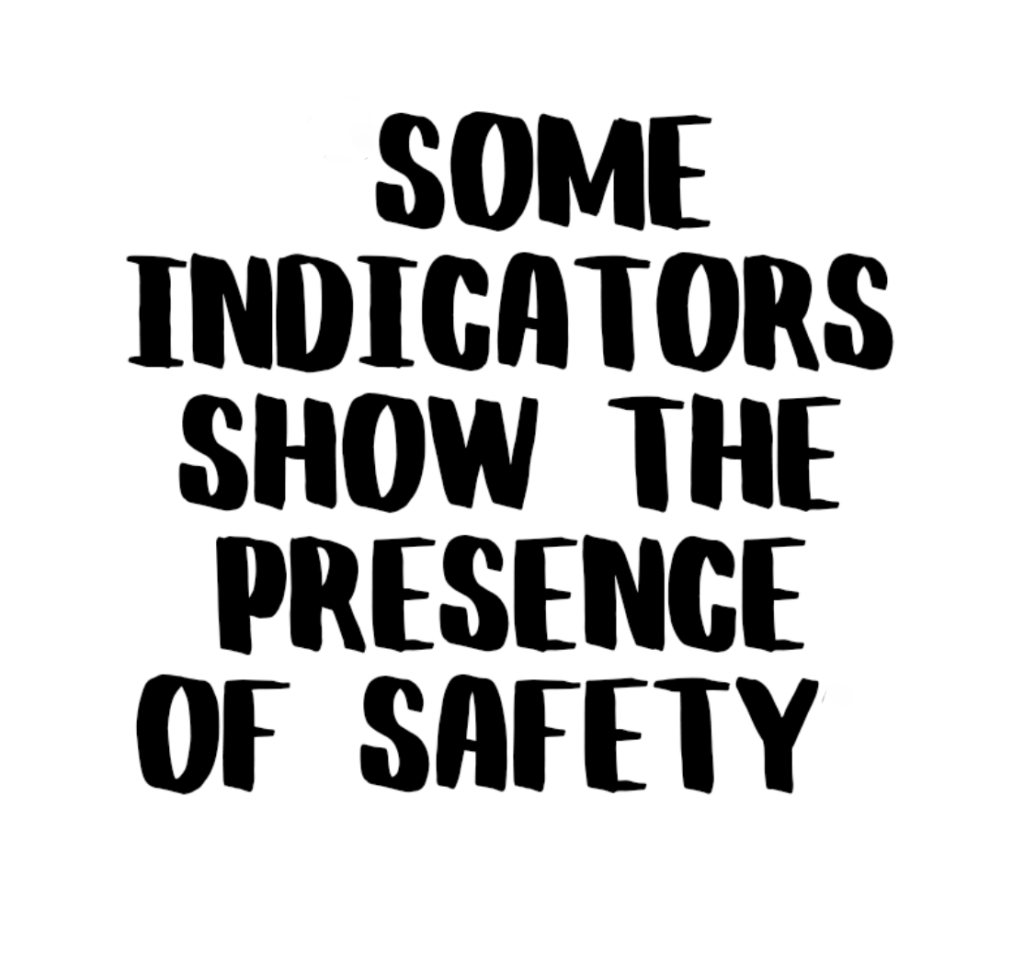
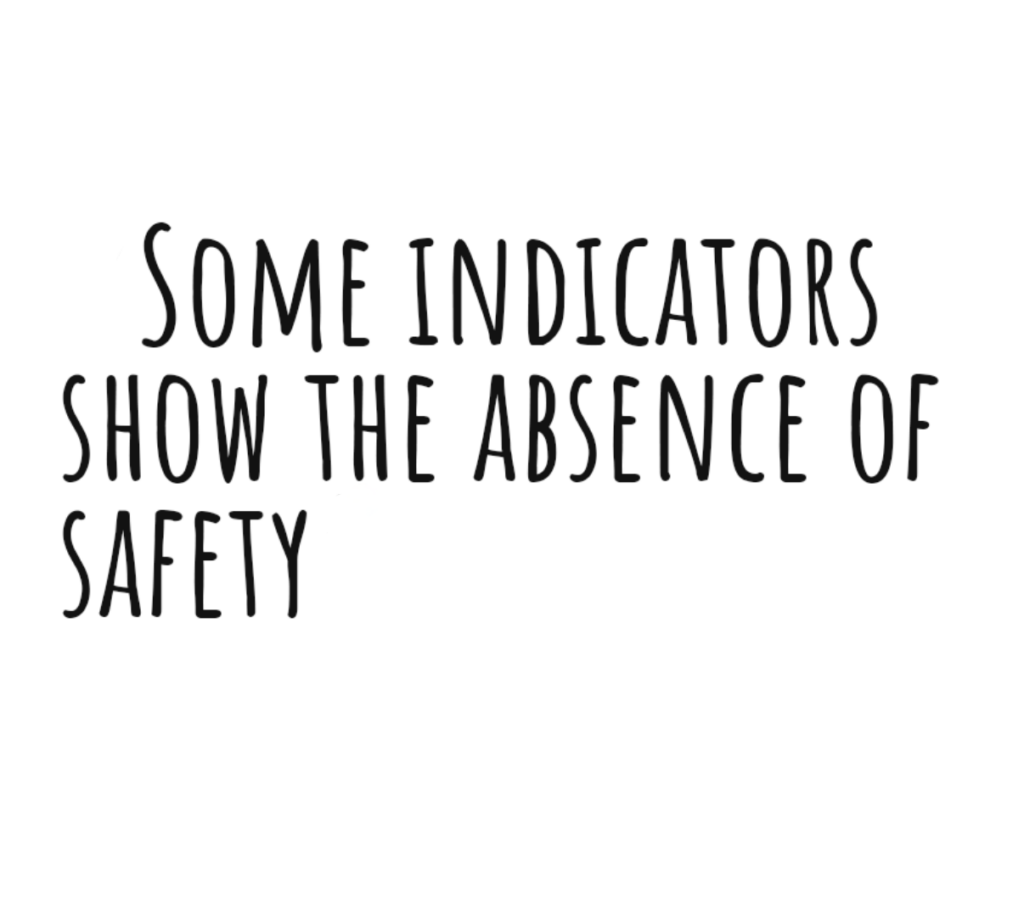


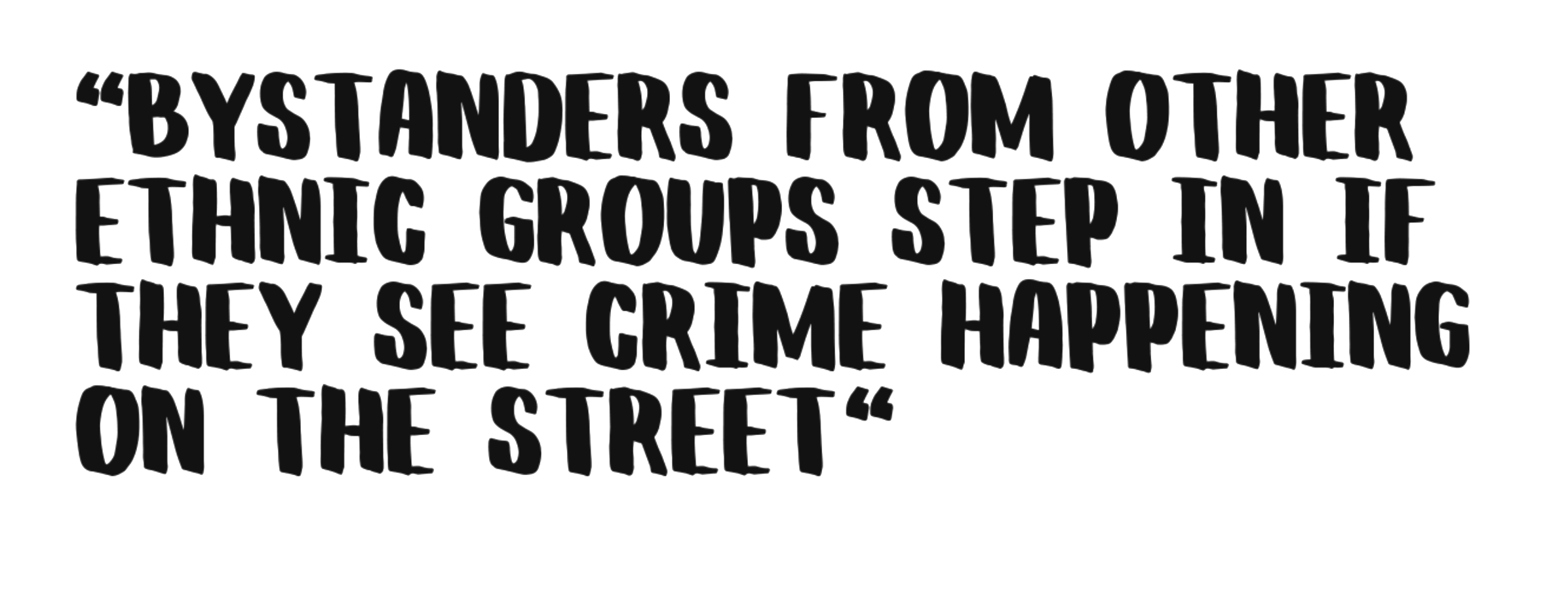
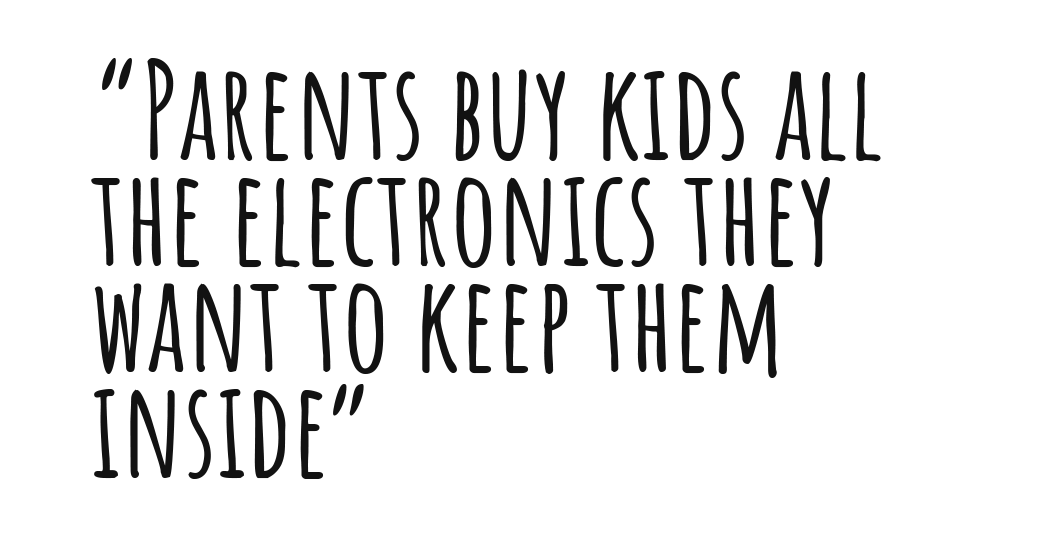

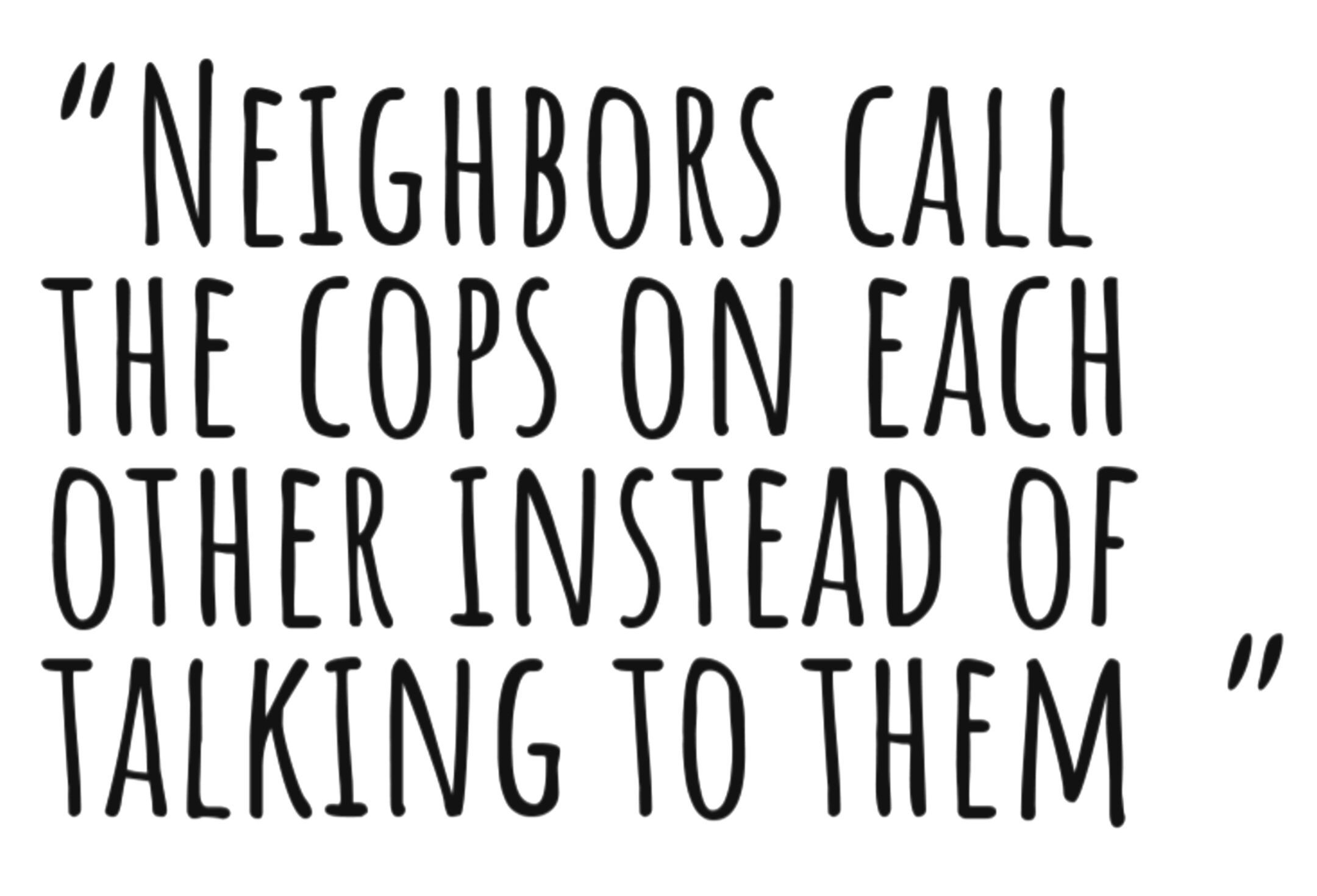


These indicators provide nuanced perspectives on public safety that can help us find new roads to reform.











































The Firsthand Framework
Process
Click each step to learn more
We partnered with six organizations to reach nine different communities of Oakland residents
defined across
- geography (e.g., neighborhoods, housing developments, proximity to parks)
- identity (e.g., shared race, ethnicity, nationality and/or language)
- association (e.g., membership in institutions like churches or civil society organizations)
- and shared experiences (e.g., formerly incarcerated, violent crime survivor, refugee)
Collaborations: BOSS, CERI, CURYJ, MISSSEY, TYBE, THE UNITY COUNCIL
Alongside our partners, we conducted 24 focus groups with a total of 330 participants.
Each focus group invited residents to discuss the signs and signals that they are already using to assess both the presence and absence of public safety in their community.
Next, we convened larger town halls with each community, totaling about 550 participants.
During town halls, we presented the full list of indicators and asked participants to vote for those that most closely reflected their own experiences of safety.
We coded and analyzed these Firsthand Indicators to paint a vivid and multi-dimensional picture of community safety.
When we use the indicators to map the public safety ecosystem, the indicators reveal the interdependent processes that promote and hinder safety at the community level.
Together with Oakland’s Department of Violence Prevention (DVP), we are using the Firsthand Indicators to identify promising points of intervention.
The Indicators can help promote a wider range of solutions that go beyond traditional public safety policies, which are focused primarily on policing and incarceration.
We will then work with DVP to deploy the Firsthand Indicators as quantitative measures to track progress and evaluate reforms.
The Indicators can be measured using a combination of observational, survey, and administrative data, providing alternatives to top-down metrics of what constitutes “success.”





unique indicators of public safety.
We sorted these indicators into 7 dimensions:
And further into a wide range of categories.
Hover over categories to see their definitions
Across communities, indicators reveal meaningful differences in perspective:
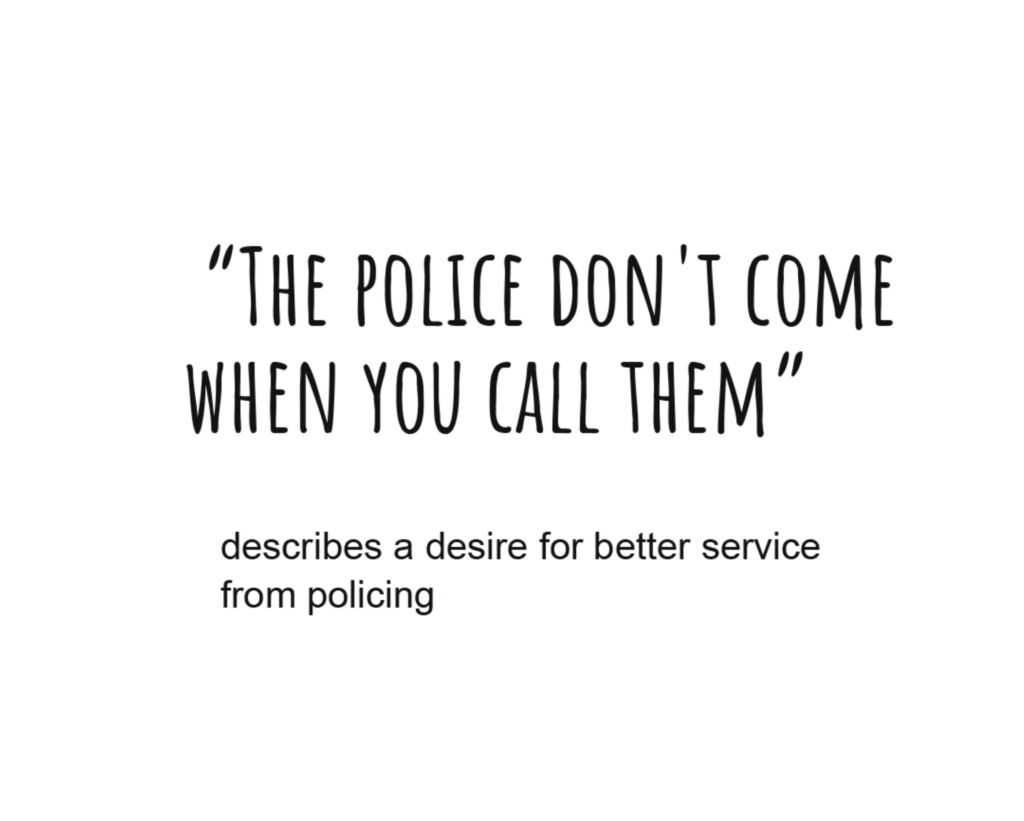
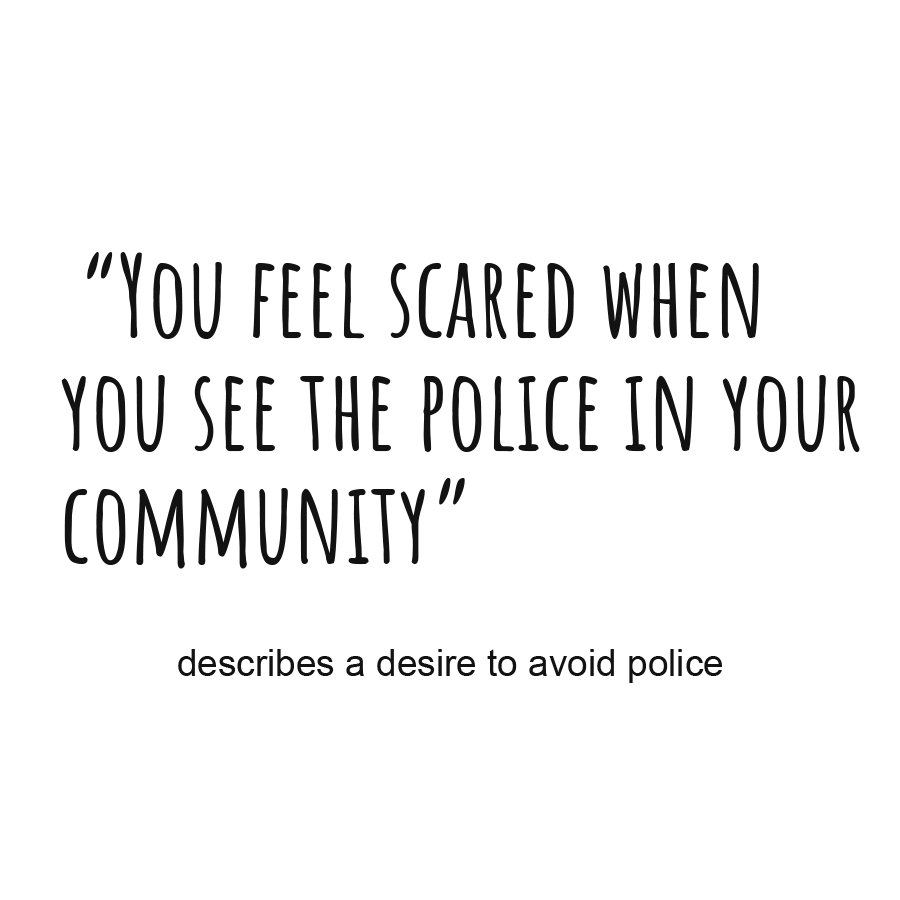
And when considered side-by-side, the indicators can show how one perspective feeds into another.
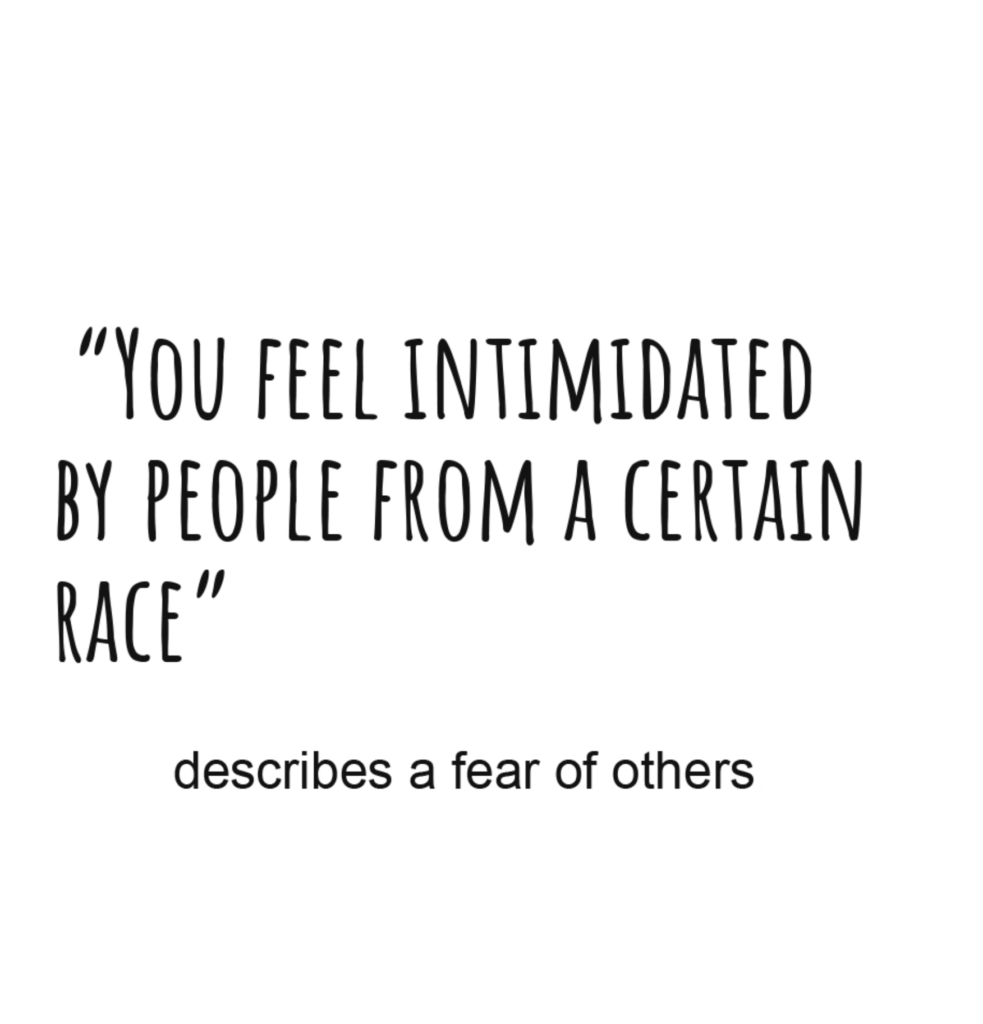

SOLUTIONS
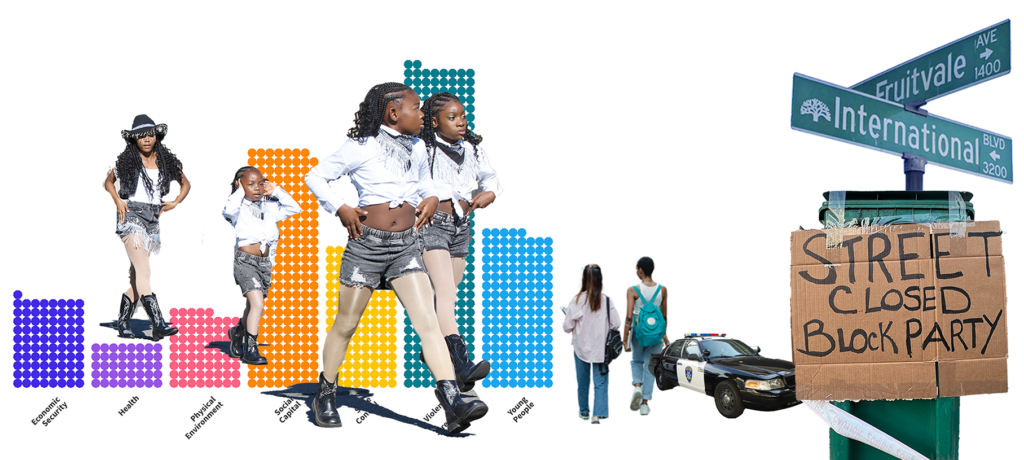
How would public policy look different if safety was measured by
the number of kids playing in the park,
whether people share food with strangers
or whether you hear birds in the neighborhood instead of helicopters?
If public safety is mostly measured by crime statistics, then public safety policies will mostly address crime. This results in more resources dedicated to punishment and fewer resources dedicated to creating the conditions that make crime less likely. In contrast, the Firsthand Framework for Policy Innovation suggests a broader array of solutions that focus on the health and well-being of residents, families, and communities.
Firsthand Indicators can show negative cycles that reinforce conditions of crime and violence, and help to illuminate points of intervention where these cycles can be interrupted.
Hover over the star icon to reveal more
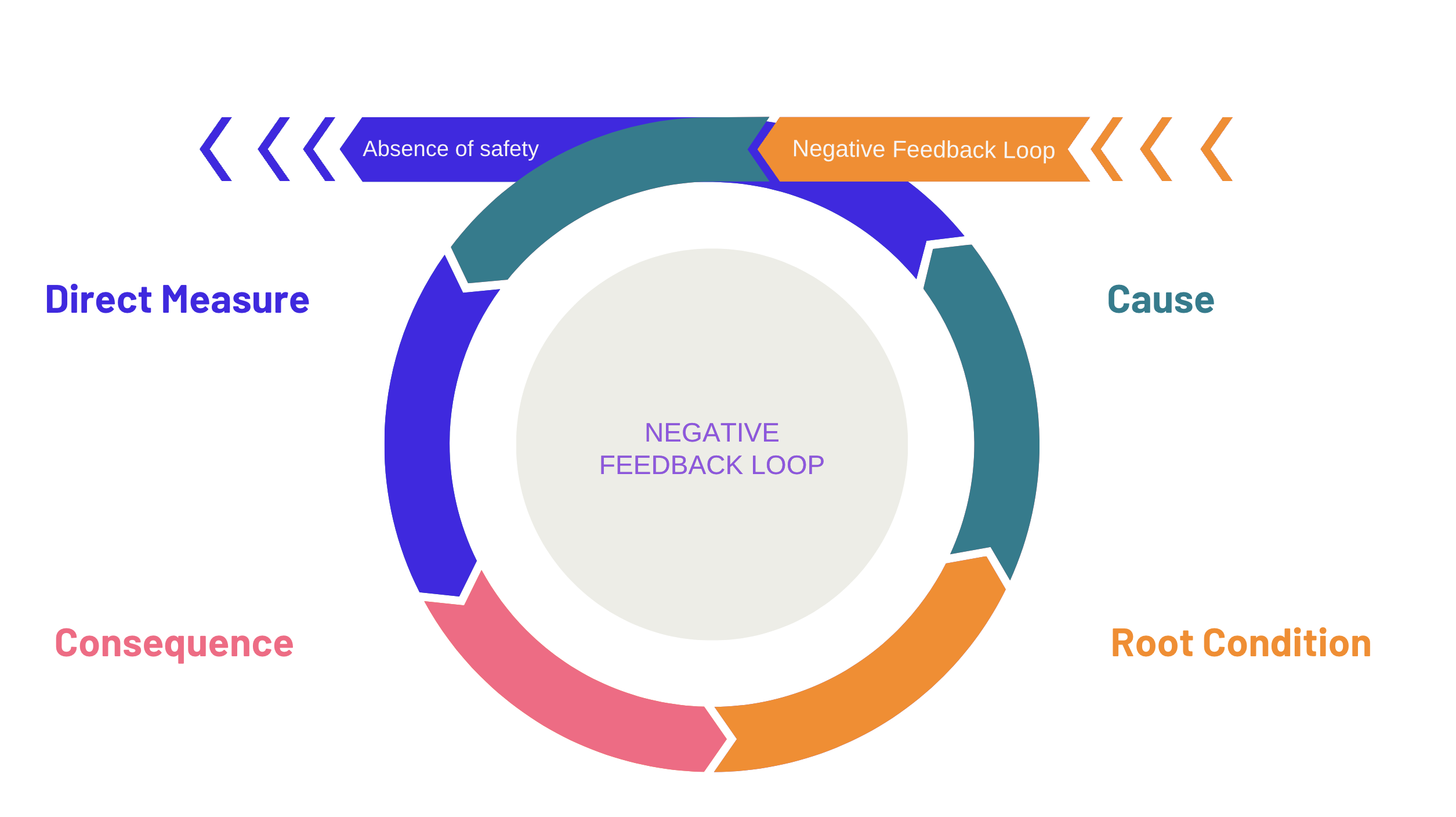
As well as positive cycles that create conditions for public safety.
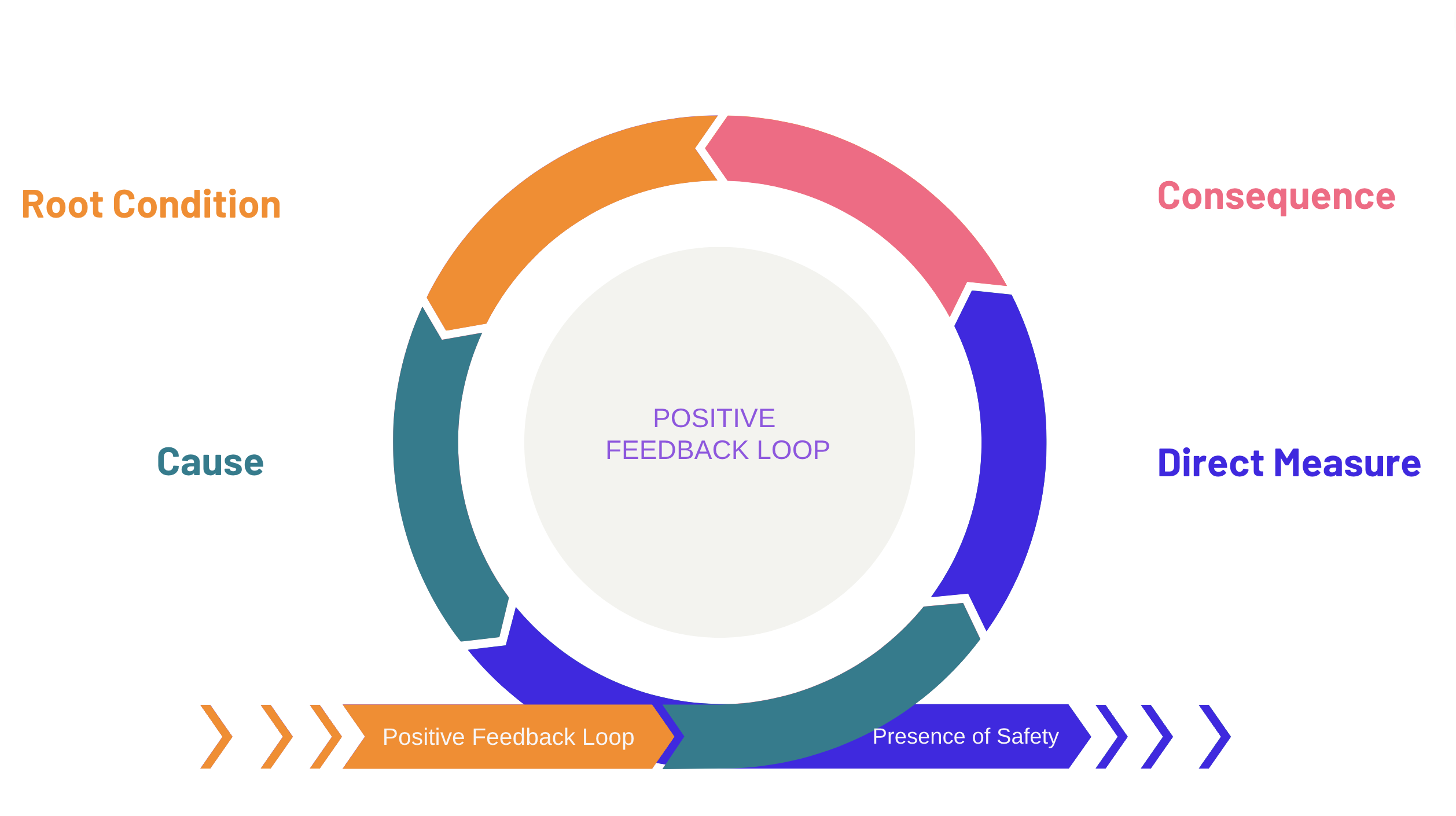
This holistic view of the public safety ecosystem offers new and more systemic ways of thinking about increasing safety, from the perspectives of community members themselves.
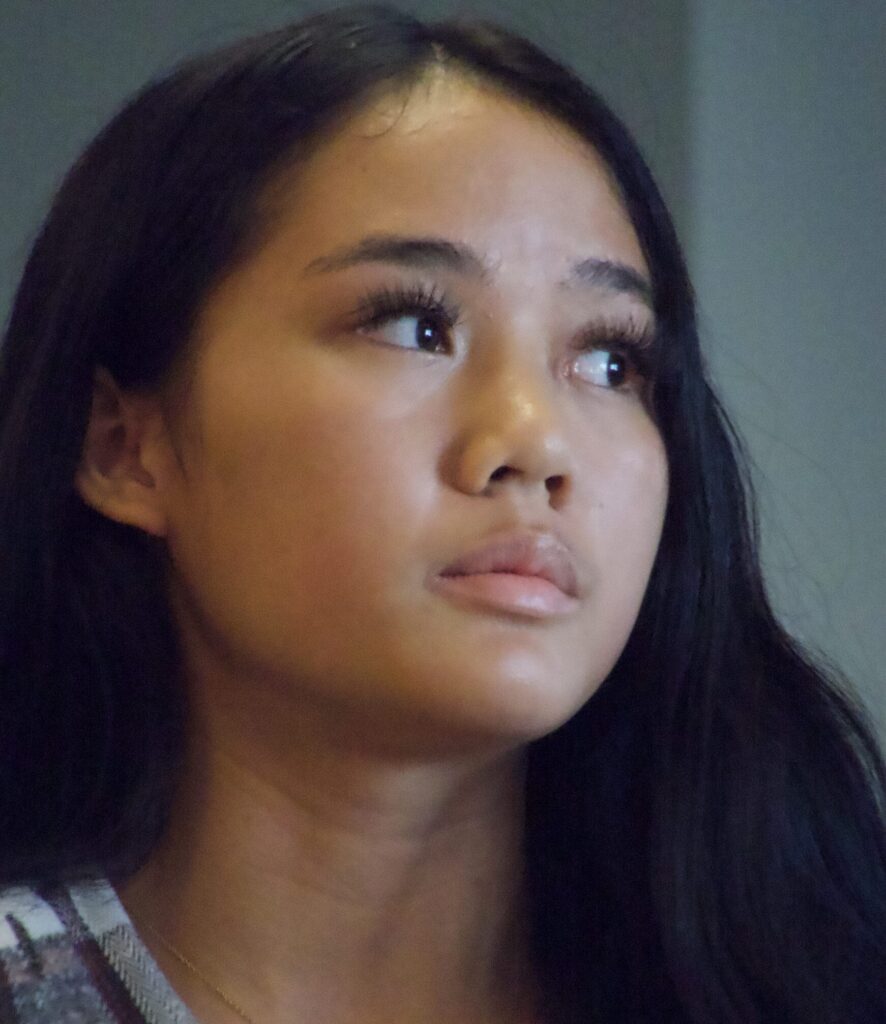
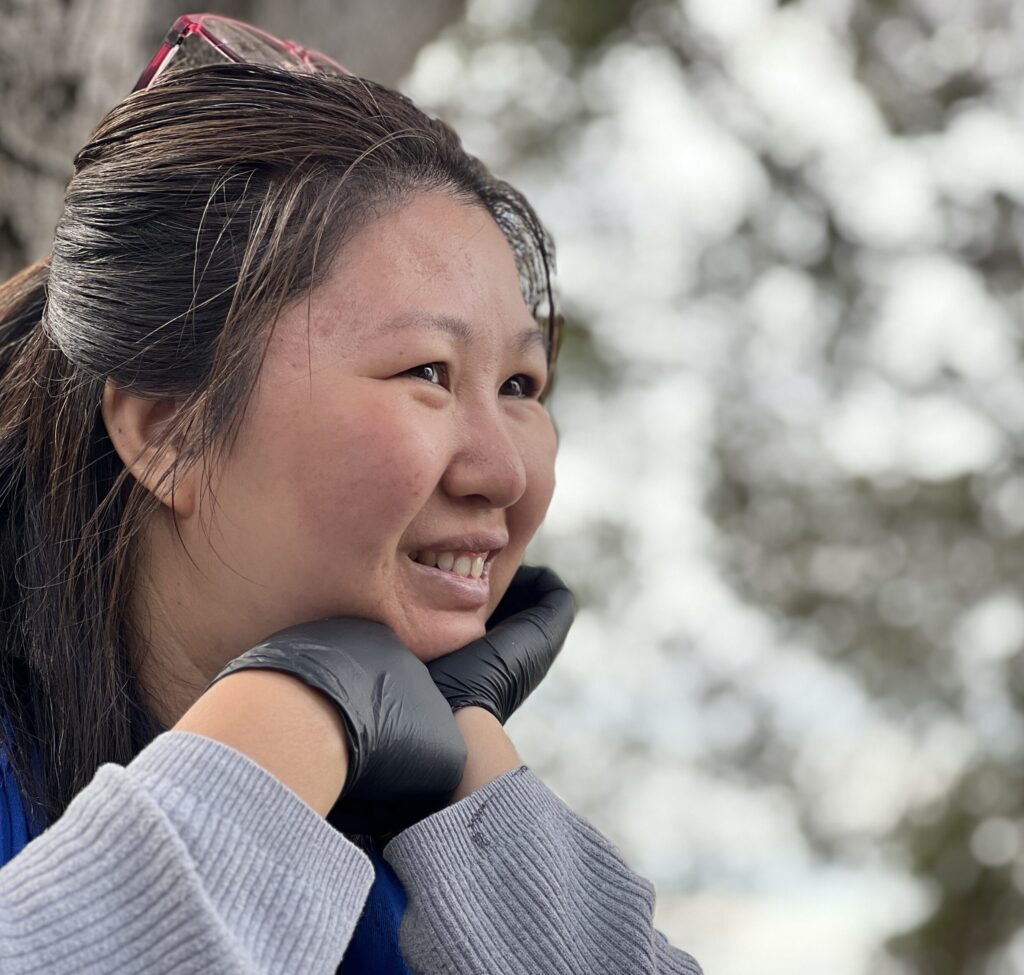
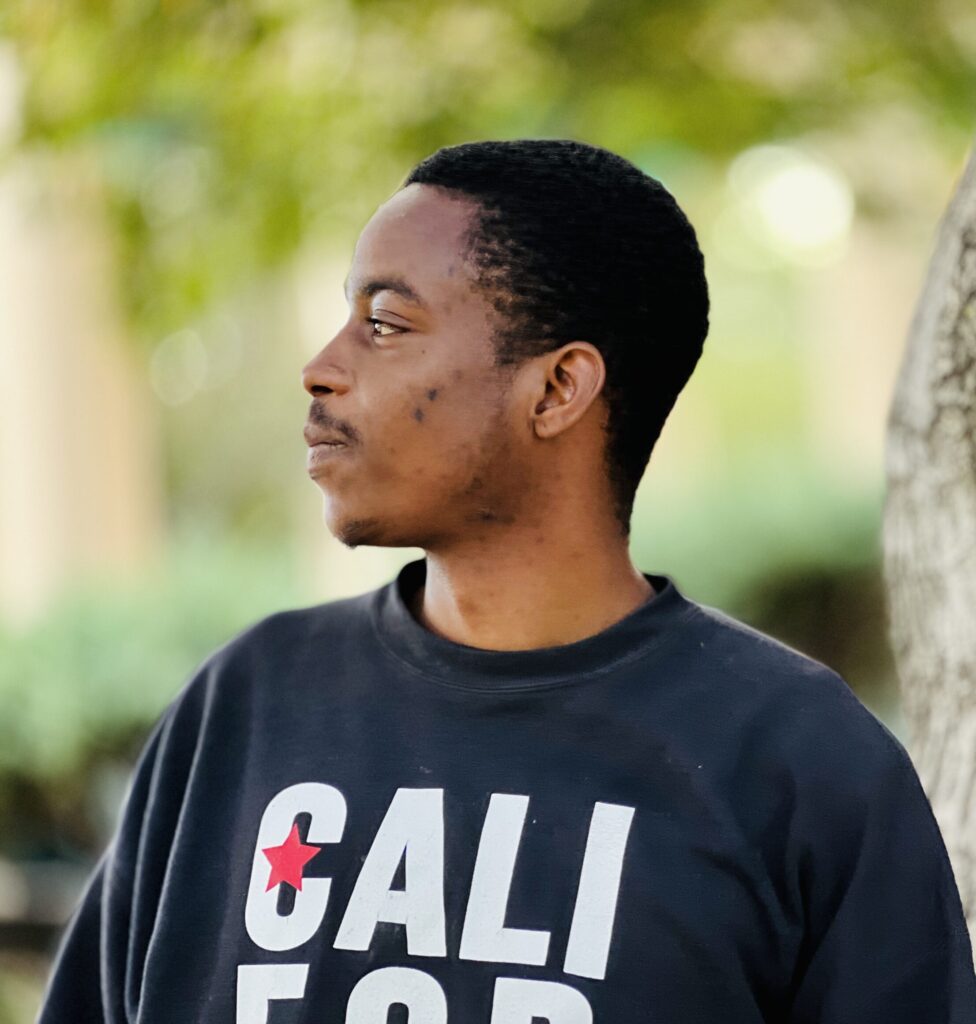
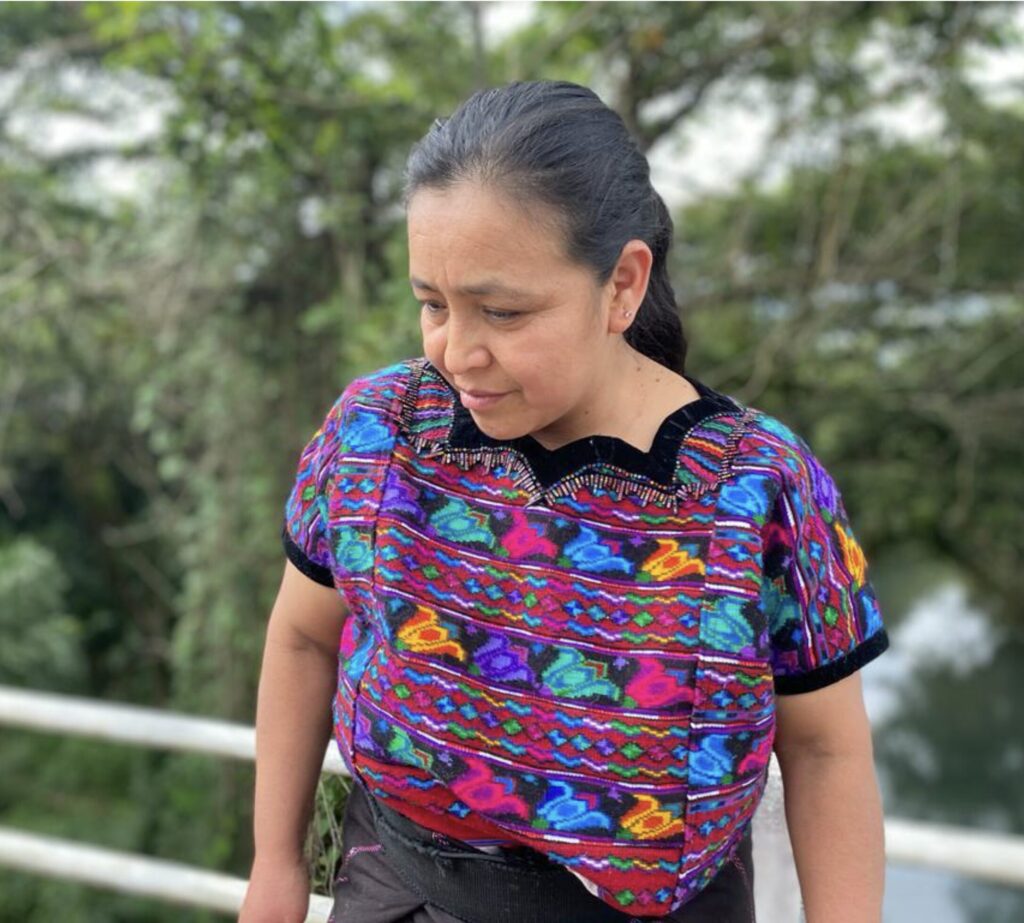
What's Next?
In the coming months, the Possibility Lab is partnering with the City of Oakland’s Department of Violence Prevention (“DVP”) to create, implement, and evaluate solutions based on the Firsthand Framework.
The Lab will work with DVP’s Community Engagement Team members, who have personal experience and social ties that enable them to be effective “violence interrupters,” to:
- develop actionable solutions sourced from members of their own communities;
- design a proposal to the city for implementing high-priority solutions; and
- devise, initiate, and evaluate small-scale solutions using the specific firsthand indicators their interventions aim to address.
Together, we are using the Firsthand Framework to illustrate how communities and government can work in meaningful and sustained partnership, to co-create real and lasting change.
EXPLORE THE DATA
Collaborations

BOSS
BOSS is tackling the root causes of poverty, homelessness, incarceration, and violence. Social programs + social justice = social progress. Learn more

CERI
CERI is an Oakland-based nonprofit organization offering mental health and other social services to refugees and immigrants affected by war, torture, genocide and other life-altering traumas. Learn more

CURYJ
CURYJ (pronounced ‘courage’) unlocks the leadership of young people to dream beyond bars. We look to young people to lead the way in transforming our communities by investing in their healing, aspirations, and activism. Learn more
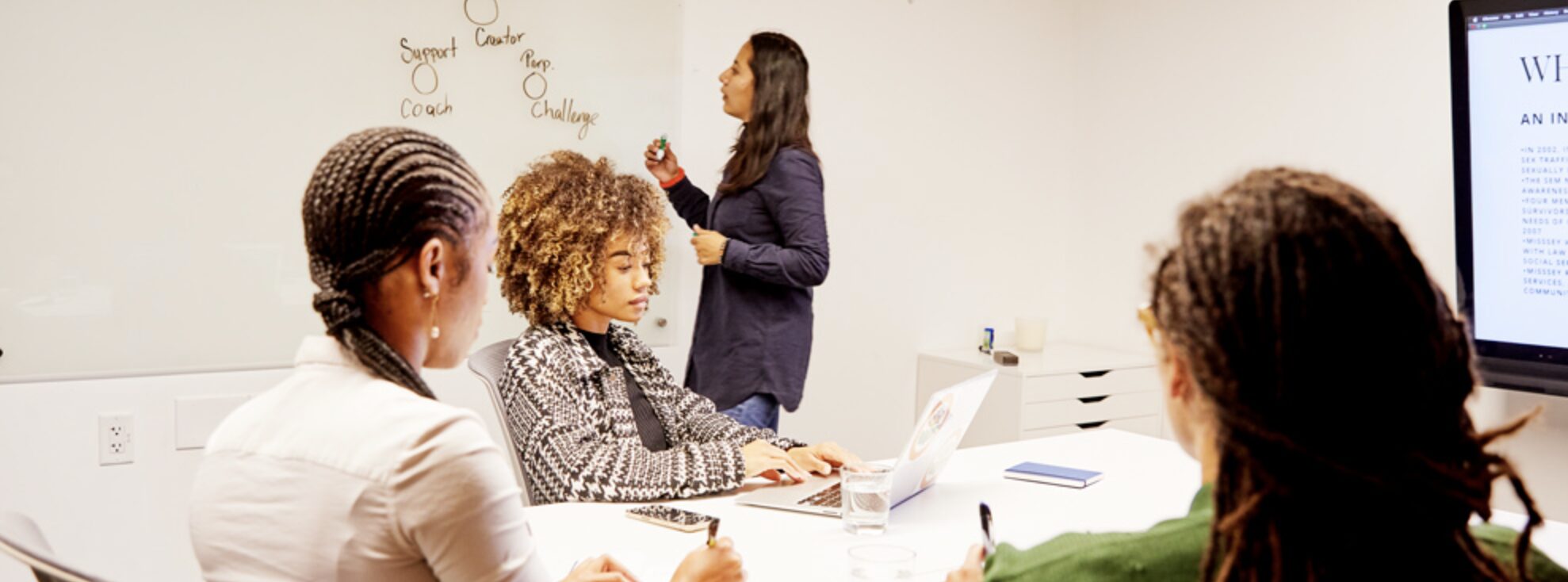
MISSSEY
Through Black survivor leadership, and centering the voices of young people, MISSSEY is addressing the root causes of sexual exploitation and is dedicated to collective healing and power. Learn more
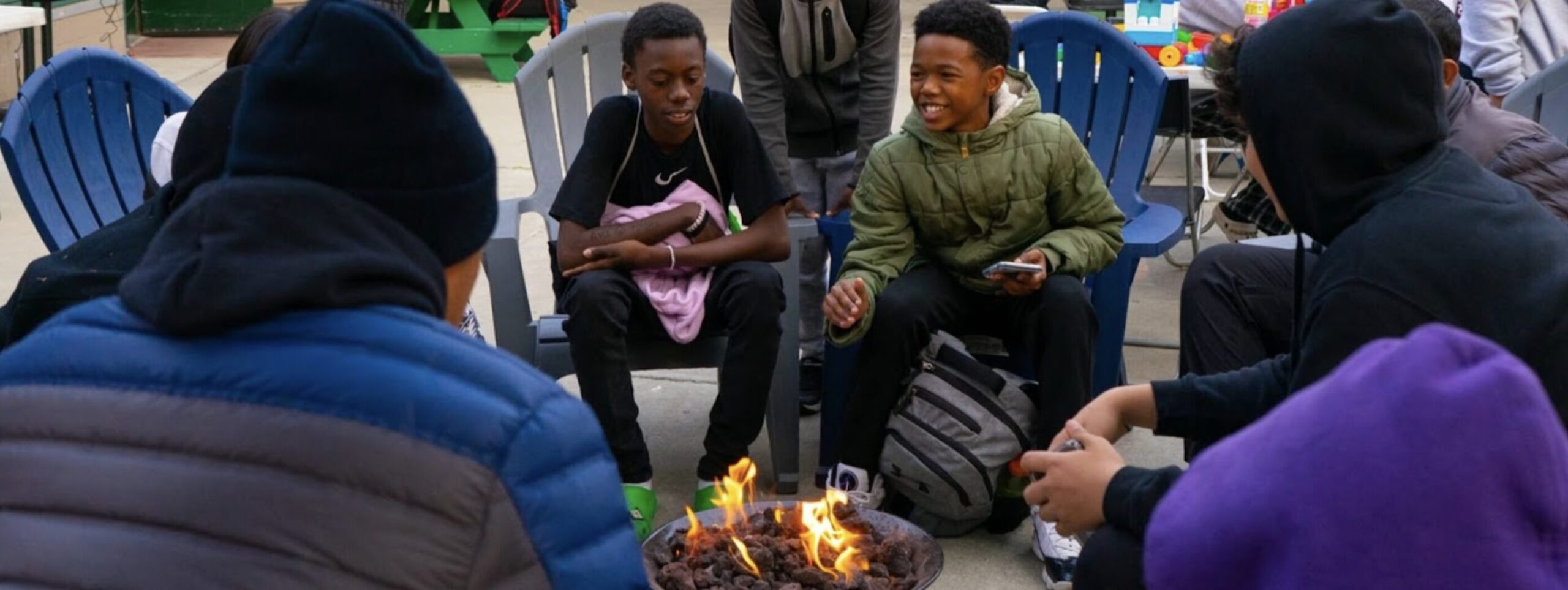
TRYBE
Breaking cycles of suffering and violence through the power of beloved community. Learn more
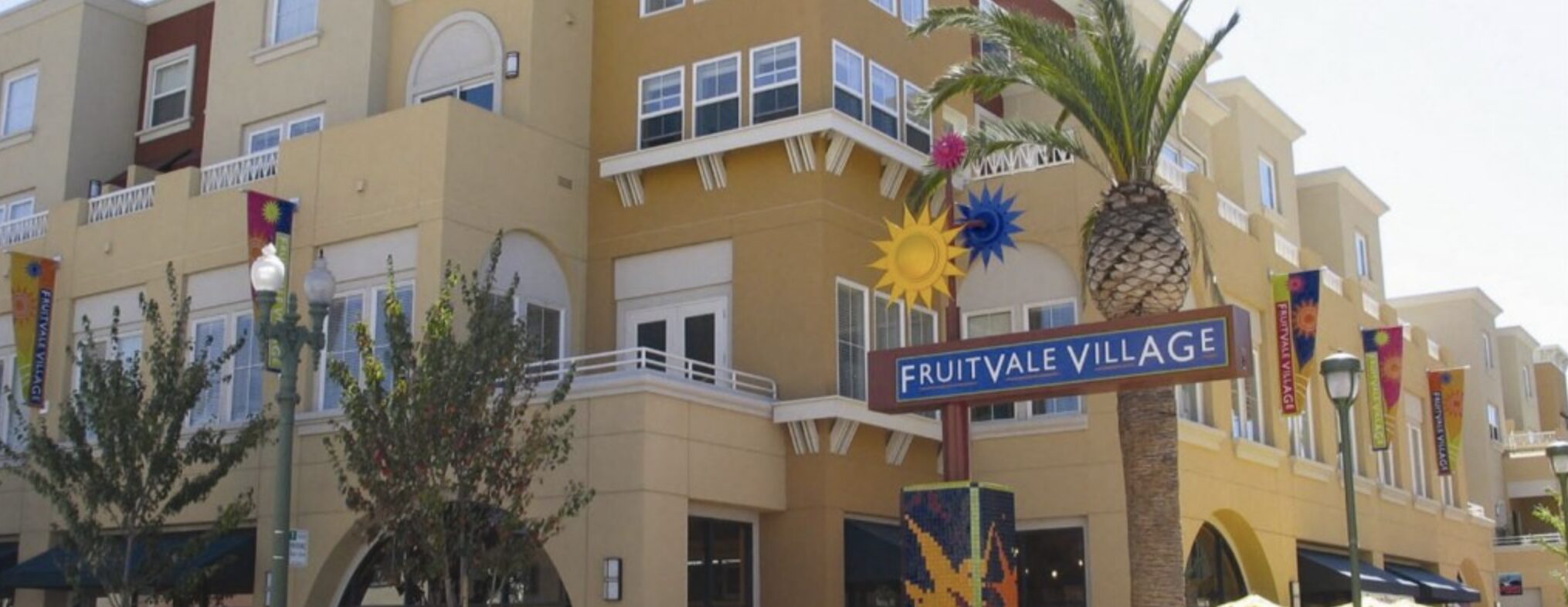
THE UNITY COUNCIL
Promoting social equity and improving quality of life by building vibrant communities where everyone can work, learn, and thrive. Learn more
If your agency or organization is interested in community-informed public safety reform, or new ways to engage communities in public problem solving, we want to connect with you. Or if you'd like to tell us about an indicator of safety you use in your own community, or to share your thoughts on this project, please email us below.”
This work was made possible with generous support from the California Community Foundation / California 100 Initiative and was carried out in partnership with Everyday Peace Indicators, Santa Clara University, and Brandeis University.
